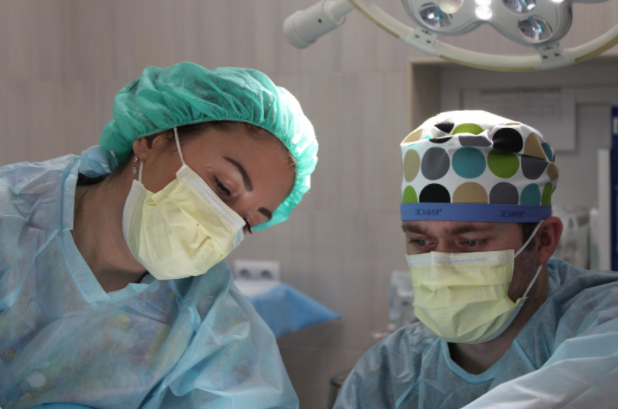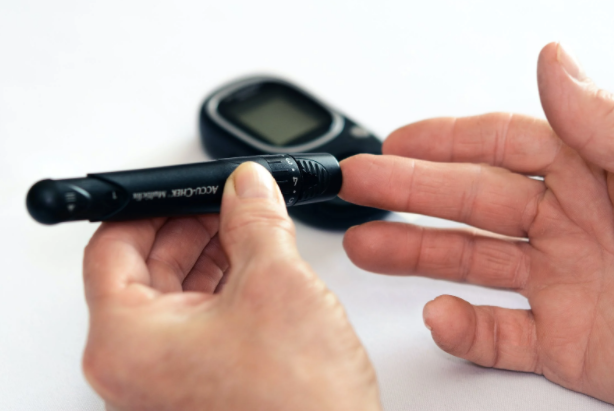Study Finds Both Surgical and Drug Treatments Lead to Similar Outcomes for Diabetic Eye Disease

A new study on treatment by the NIH has found that surgical and drug treatment options lead to similar outcomes for people with diabetic eye disease.
NIH stands for the National Institutes of Health, the nation’s medical research agency which includes 27 institutes and centers as part of the U.S Department of Health and Human Services.
The study specifically states that both surgical and injectable drug approaches can be just as effective when looking to treat bleeding that occurs inside the eye due to proliferative diabetic retinopathy (PDR).
PDR is a result of diabetes and involves any growth of abnormal new blood vessels in the retina. These blood vessels can bleed into the gel-like vitreous that fills the eye and lead to vision loss.
“This is a very common disease for patients with diabetes – particularly after living with diabetes over several decades,” said Dr. Jennifer Sun, chairwoman of Diabetes Initiatives for the Diabetic Retinopathy Clinical Network (DRCR.net).
Study Factors

To complete the study, researchers analyzed anti-vascular endothelial growth factor (VEGF) eye injections against the removal of blood via vitrectomy surgery and laser photocoagulation.
100 patients received injections of the drug aflibercept (Eylea), and 105 had vitrectomy surgery and laser photocoagulation to get rid of the blood in their eyes and help prevent the regrowth of blood vessels.
In both the short and long term, both treatments helped improve central vision for most participants, although around one-third of participants ended up needing both treatment options (anti-VEGF injections and surgery).
Researchers recommended patients continue to follow up with their clinicians after starting PDR treatment as they may have to adjust treatment in the future to improve outcomes.
Medical experts are hopeful that these findings will help guide treatment for people that suffer from eye-bleeding due to PDR. The findings were published on December 15th in the Journal of the American Medical Association.
Helping Improve Patient Outcomes

“This clinical trial was an opportunity to compare two commonly used treatments for vitreous hemorrhage from proliferative diabetic retinopathy head-to-head. The results provide useful guidance for clinicians who are managing patients with this condition,” said Adam Glassman, Jaeb Center for Health Research, director of the DRCR.net coordinating center.
Unfortunately, over 30 million Americans suffer from diabetes. For these people, blood vessel abnormalities, including the growth of new blood vessels are common.
If left untreated, PDR can sometimes cause permanent vision loss, retinal tissue death, and blindness in patients. Thankfully, the development of surgical and laser treatments has helped reduce blindness from PDR in the United States.
Conclusion
For long-time diabetes patients, these treatment options can go a long way in improving and preserving visual acuity over six months to two years. Researchers are hopeful that this study can help clinicians tailor treatment plans for their individual patients.
